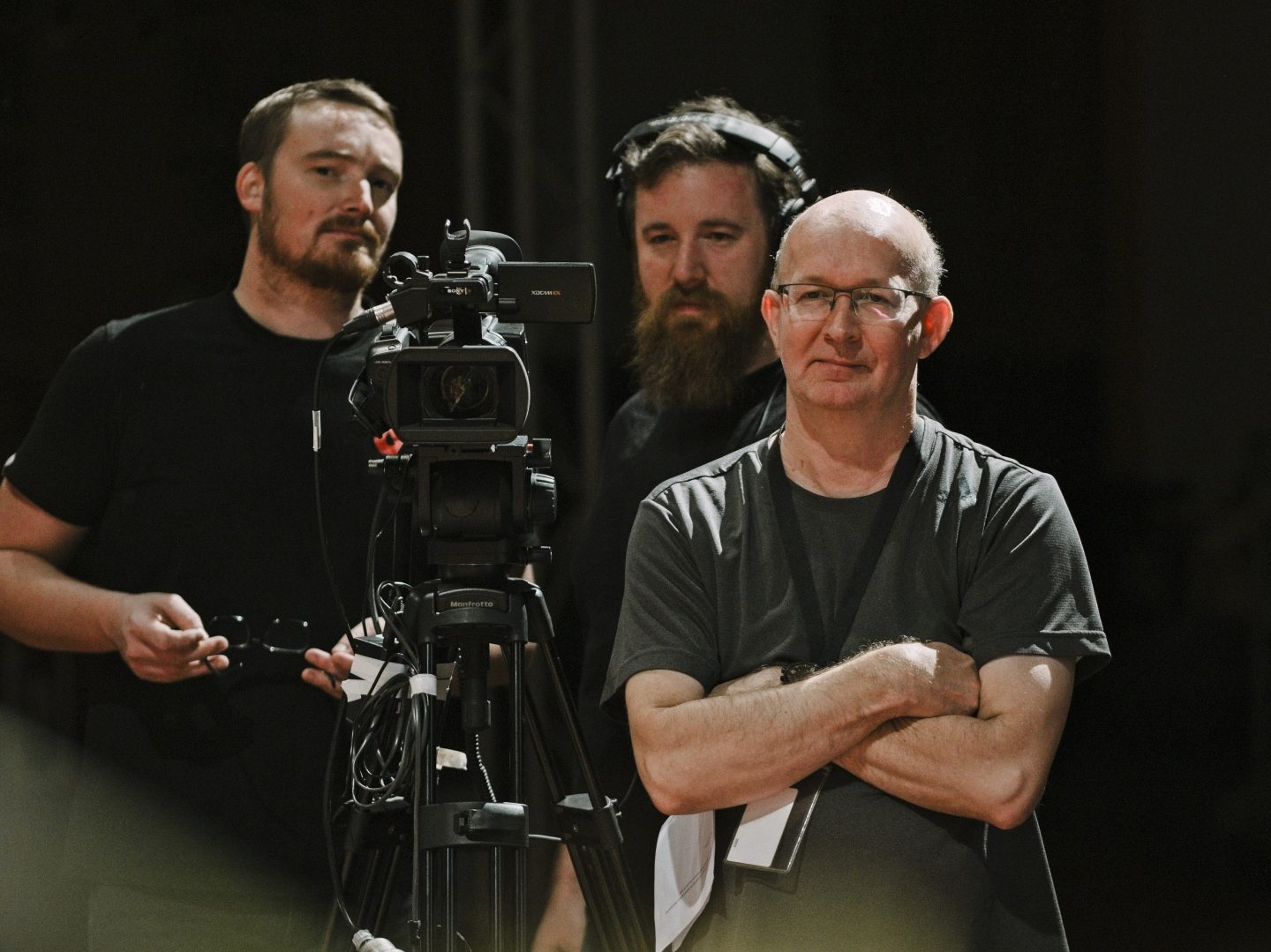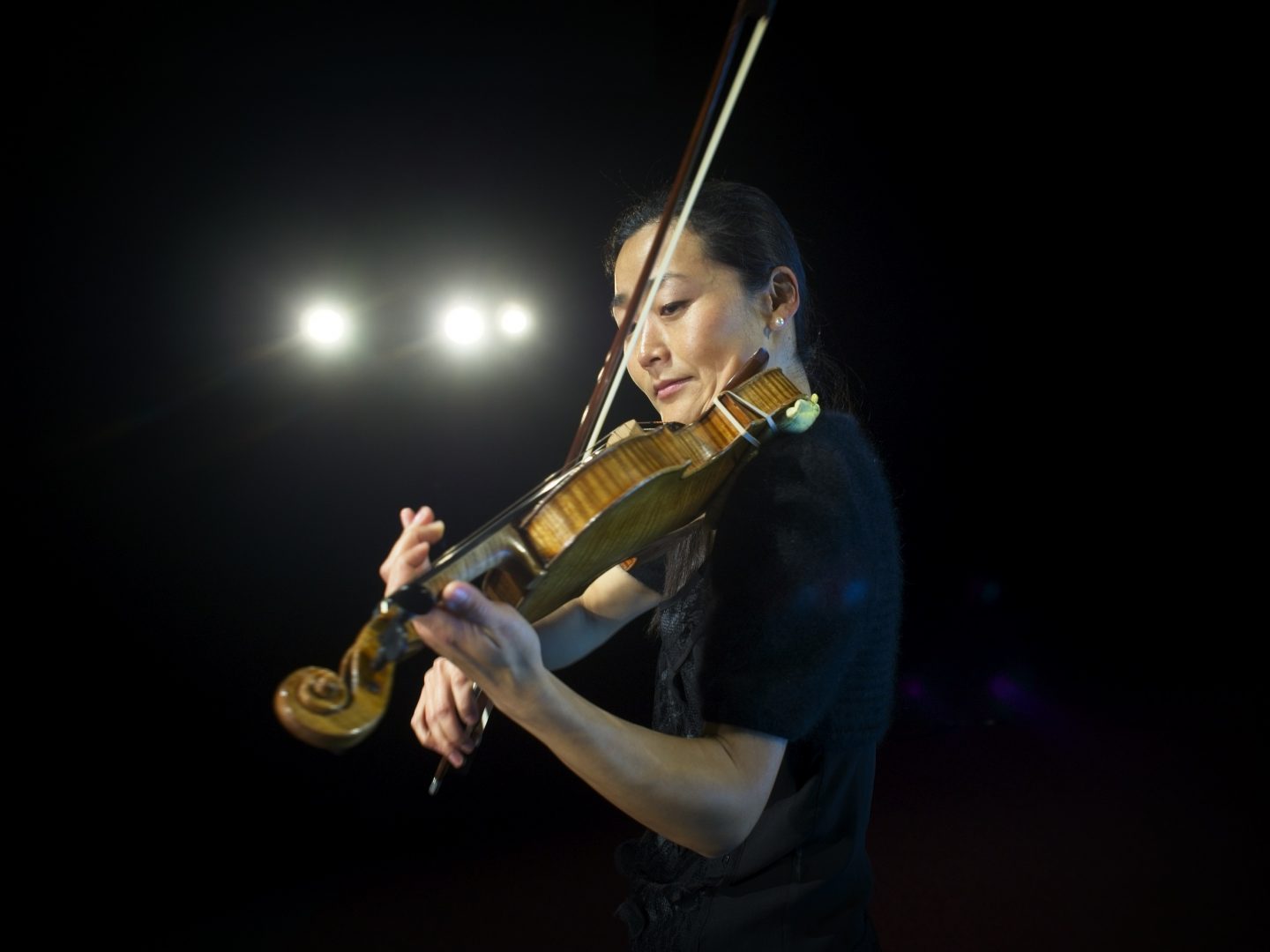During the pandemic, the Adelaide Symphony Orchestra (ASO) has followed a path consistent with most orchestras across the globe: hibernate, digitalise, then recalibrate.
The unpredictability of the virus has seen orchestras, like all performing arts organisations, unwittingly participate in a game of snakes and ladders. One minute you’re on a ladder to reopening and then it’s a slide backwards to more restrictions. For ASO’s managing director, Vincent Ciccarello, it’s a time warp that has taken him from bewilderment to the personal reaffirmation that the symphony orchestra remains relevant in the 21st century. “For some time now, the future of the symphony orchestra has been debated with doom and gloom, but music opens people to complexity and rewards in emotional depth,” he says.
With the initial bunkering down, the ASO fared better than some other Australian orchestras. While the musicians of the Melbourne Symphony Orchestra were sent home with the JobSeeker allowance, ASO musicians hibernated with a 20 per cent pay cut. But with performance venues shuttered, the ASO searched for creative solutions to use their salaried musicians. Ciccarello says that bringing musicians back to their core activity was his primary concern.
 Steve Virgo Production Assistant, William Jarman Production Co-ordinator and Simon Lord Director, Artistic Planning on the set of a ‘virtual concert’
Steve Virgo Production Assistant, William Jarman Production Co-ordinator and Simon Lord Director, Artistic Planning on the set of a ‘virtual concert’
“Programming, rehearsing and performing is the musician’s DNA. Once you take away a musician’s routine you are challenging their social and mental wellbeing.”
Like most classical orchestras acting on an involuntary reflex, the ASO turned to digital platforms. But Ciccarello is quick to point out that the experience was an upward learning curve for both musicians and staff. Unless you are the Berlin Philharmonic or a state-of-the art streaming service already in full digital flight, mounting your first virtual concert hall season is a little like operating on a patient in cardiac arrest without the benefit of already being a surgeon.
The pandemic revealed that management were not equipped for, nor were classical audiences accustomed to, alternative delivery of music from their local orchestra. To its credit, the ASO has given 21 virtual concert hall performances to date. The concerts are now being offered on-demand as Encore concerts, and there are plans to expand to chamber music.
But no matter how sophisticated the technology or how virtuosic the performance, the pandemic-forced digital alternative has underlined how streaming events cannot replicate or overtake the interactive and personal experience in the concert hall. Ciccarello says he has underestimated the loyalty of ASO followers, undervalued the role of music in people’s lives, and is surprised how desperate people are to come to a concert. The virtual experience cannot replicate the alchemy of the live connection between musicians and audiences. A virtual concert is indeed the antithesis of why people attend concerts: for the sense of community in a shared love of music.
The pandemic has taught us that the digital experience is an alternative avenue that is successful only when run in tandem with live performances. The ASO’s response has been a series of community concerts across the metropolitan area. Ciccarello says these community centre concerts have had “a balm-like effect”, and have reinvigorated the desire to expand community enterprises.
The pandemic has also highlighted for Ciccarello the urgent need to invest in local Australian talent. Australia’s geographical displacement from the American and European cultural epicentres, together with the present moratorium on international travel, will compel orchestras to rely on Australian artists to fill the rosters of soloists and conductors.
“Flying in and flying out conductors is no longer sustainable,” Ciccarello says. “We need to revise our training eco-system in a consolidated way, look at a high-level approach to federal and state government co-operations, so that the various stages of music education from student to the professional stage are joined.”
 The Adelaide Symphony Orchestra’s first official concert in six months will feature Concertmaster Natsuko Yoshimoto conclude her post on 19 September
The Adelaide Symphony Orchestra’s first official concert in six months will feature Concertmaster Natsuko Yoshimoto conclude her post on 19 September
Expect to see Australians front and centre not only on our concert stages, but also in the 2021 Adelaide Festival.
Ever the optimist, Ciccarello is cautiously pleased that the state government is progressing their next stage plans for a purpose-built concert hall. At this time, the government is calling for tenders. As a designated UNESCO City of Music, this preliminary step is a minimum contribution to a charter of responsibilities Adelaide needs to urgently address.
With all orchestras searching for their post-pandemic future, finding relevance is high on the agenda. American orchestras are looking at the representation of people of colour and the contributions of women. The San Francisco Symphony has recently announced a partnership with the San Francisco Conservatory of Music for a major new initiative, The Emerging Black Composers Project, which will commission 10 new works over the next 10 years.
With the snakes and ladders still on the boardroom table, the ASO’s 2021 season is waiting for the pandemic’s next unpredictable move.
The Adelaide Symphony Orchestra will perform a sold out concert at the Festival Theatre on 19 September
Related Article
A note on
The Adelaide Review’s future
Get the latest from The Adelaide Review in your inbox
Get the latest from The Adelaide Review in your inbox